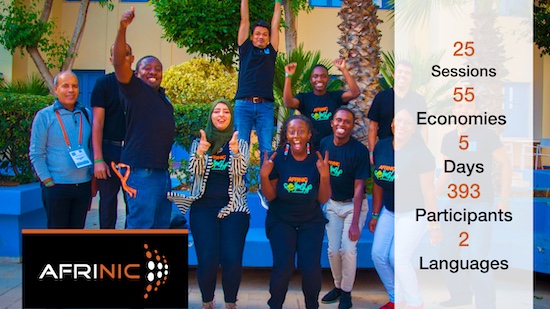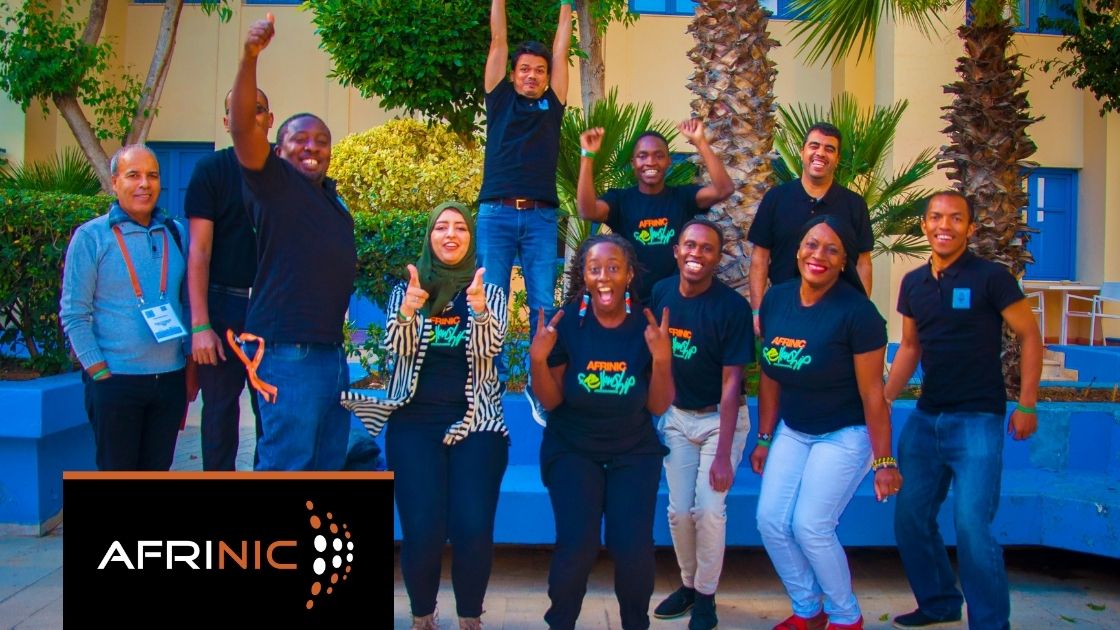ICANN-Managed Root Server Clusters to Strengthen Africa’s Internet Infrastructure
- Posted By Webmaster
- Published On -
- Hits: 5525
ICANN to enable faster, more robust connectivity in Kenya with the installation of clusters.
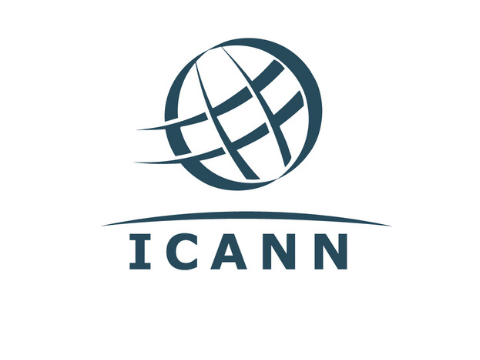
ISTANBUL – 28 February 2022 – Internet users in Africa will soon benefit from faster access and better protection from cyberattacks, thanks to the installation of two root server clusters. The Internet Corporation for Assigned Names and Numbers (ICANN), the global non-profit organization that coordinates the domain name system and plays a key role in ensuring a global, interoperable, and secure Internet, announced that it will install and manage two new ICANN Managed Root Server (IMRS) clusters in Africa, one of which is confirmed to be in Kenya. This is ICANN's first-of-its-kind investment in Africa.
Today, 33 percent of the population in Africa have access to the Internet. According to the International Telecommunication Union (ITU), the number of individuals using the Internet in Africa grew 23 percent between 2019 and 2021. This growth is driven by a digitally savvy, young, and educated urban workforce, for whom the adoption and consumption of online services is second nature.
Installation of the IMRS clusters will add crucial capacity to support the growth in Internet use across Africa. This, in turn, will underpin economic growth and bring opportunities for a large share of new Internet users. The clusters ensure that Internet queries from Africa can be answered within the region, and not be dependent on networks and servers in other parts of the world, thus reducing latency and improving Internet user experience in the entire region.
"Extending our infrastructure in Africa is in line with ICANN's mission to ensure that the Internet remains secure, stable and resilient across the world," said Göran Marby, ICANN President and CEO. "Adding the clusters in Africa is a key step to stimulating Internet access and to strengthening the Internet stability of the entire continent. Of course, this could only be achieved with the participation of the local community. We are grateful to the Ministry of ICT, Innovation and Youth Affairs in Kenya for their support in establishing the IMRS cluster in their country, and for their commitment to advancing the Internet in the continent."
By enabling meaningful connectivity in Africa, ICANN – a member of the International Telecommunication Union Telecommunication Development Sector (ITU-D) – also contributes to the goal of the Partner2Connect Digital Coalition initiative to bring connectivity and digital transformation to "hard-to-reach" communities.
"The Partner2Connect Digital Coalition is a game-changing opportunity for the ICT sector to take a holistic approach, catalyze new partnerships, and mobilize the resources needed to connect those who are still offline," said Doreen Bogdan-Martin, Director of the ITU Telecommunication Development Bureau. I welcome ICANN's commitment toward Partner2Connect's goals to bring critical Internet infrastructure to Africa and advance universal connectivity and digital transformation."
Joseph Mucheru, E.G.H, Cabinet Secretary in the Kenyan Ministry of ICT, Innovation and Youth Affairs, welcomed the investment. "This initiative is a welcome positive development both in line with the African Digital Transformation Strategy (2020-2030) and more specifically with Kenya's Digital Economy Blueprint which identifies infrastructure as one of the five key pillars necessary for the digital transformation of the economy. We, therefore, thank ICANN for their confidence in choosing Kenya one more time as one of the hosts of this important infrastructure that would serve not only Kenya but the rest of Africa and the world. Implementation of this initiative will be of immense importance in accelerating the digital transformation agenda in Kenya."
The clusters will reduce the time it takes for a website to load, particularly when there are spikes in Internet usage. This will bring immediate benefits for everyday Internet users across the continent. Perhaps most important, the new IMRS clusters will reduce the impact of a potential cyberattack in the continent. Distributed Denial-of-Service (DDoS) cyberattacks work by overwhelming servers with a flood of queries. With two separate IMRS cluster locations and higher bandwidth and data processing capacity, the risk of the Internet going down because of a cyberattack will be significantly reduced. Increased capacity lessens the impact of attacks.
This project is part of a larger ICANN initiative to expand the global presence of its roots servers by adding the two ICANN-operated and managed clusters in Africa to the existing clusters in North America, Asia and Europe.
Originally published at https://www.icann.org/resources/press-material/release-2022-02-28-en

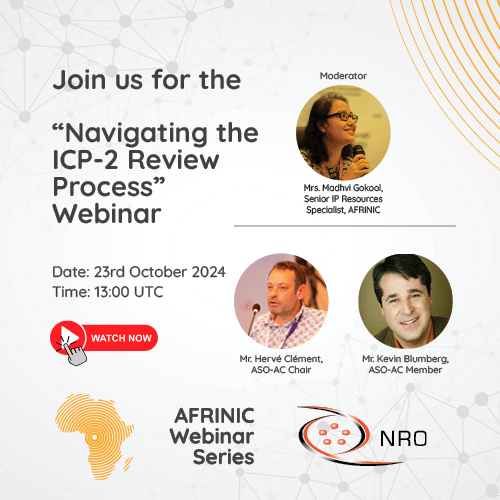
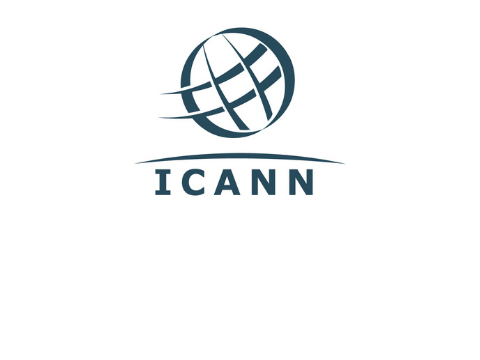
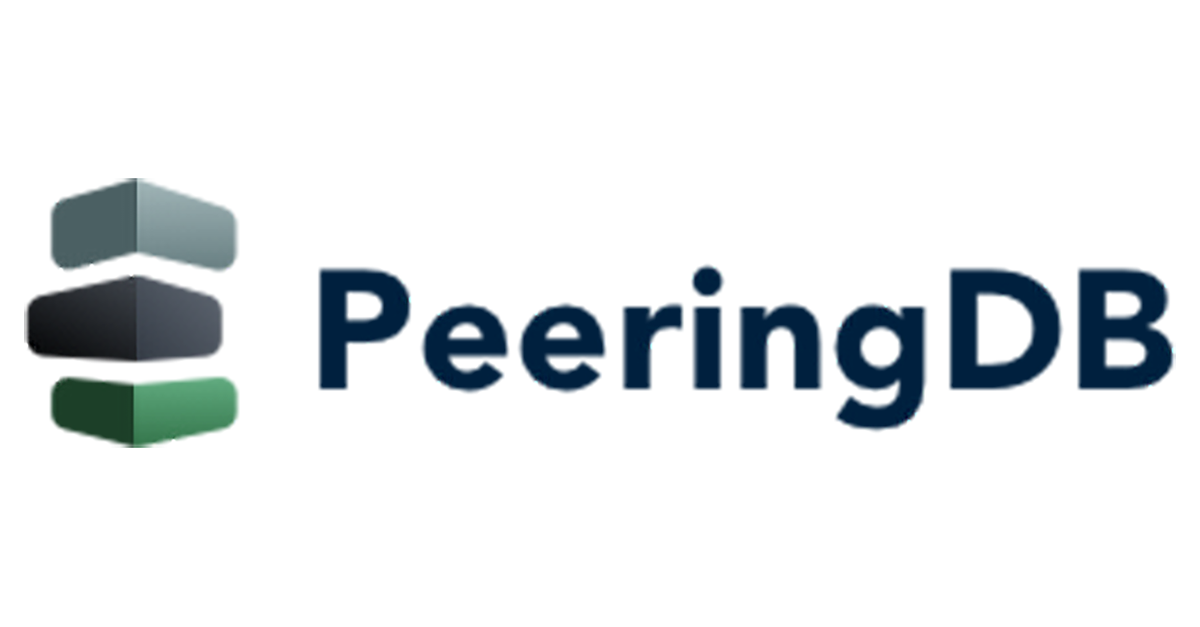
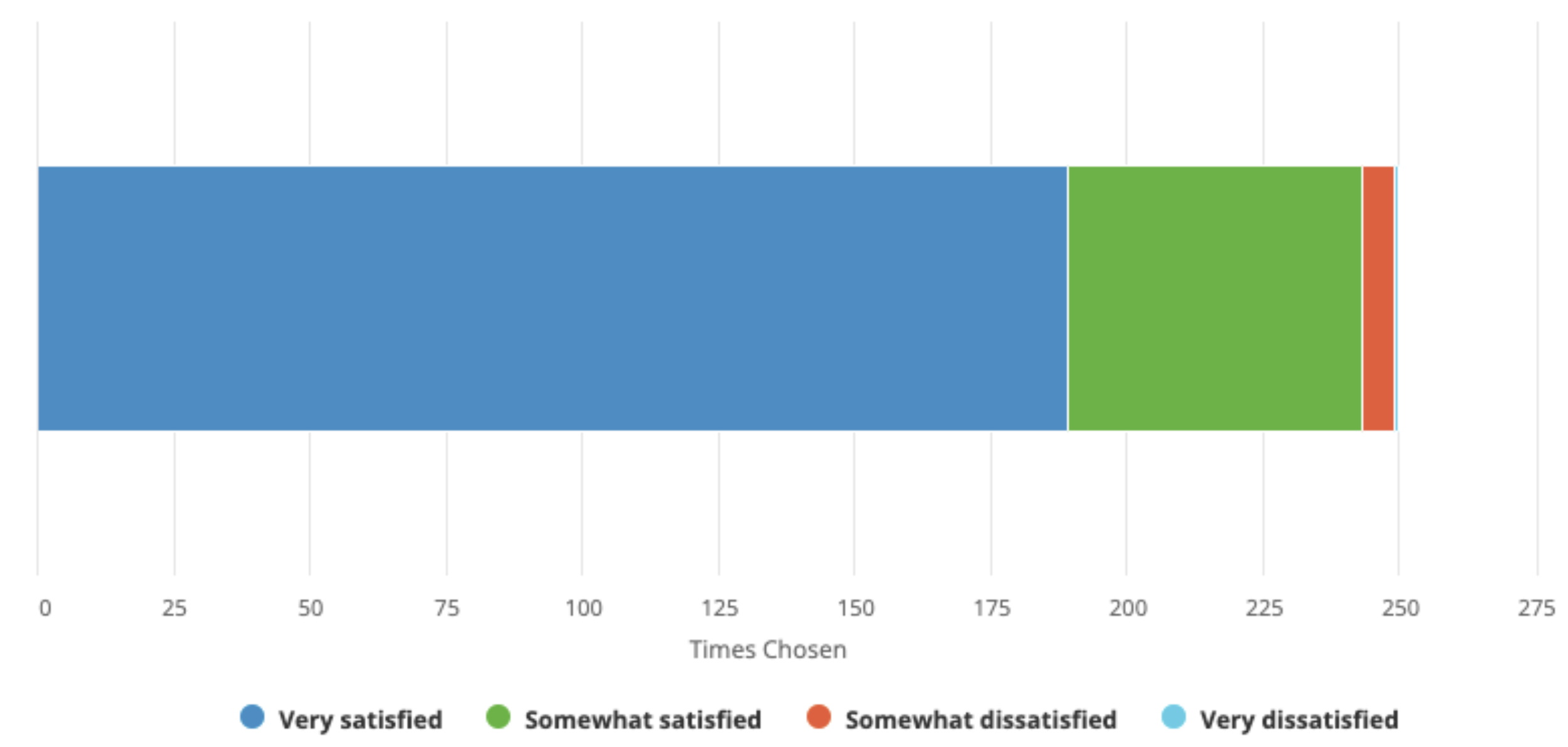
 Leo Vegoda is developing PeeringDB’s product roadmap. He was previously responsible for organizational planning and improvement in ICANN’s Office of the COO, and Internet Number Resources in the IANA department, as well as running Registration Services at the RIPE NCC.
Leo Vegoda is developing PeeringDB’s product roadmap. He was previously responsible for organizational planning and improvement in ICANN’s Office of the COO, and Internet Number Resources in the IANA department, as well as running Registration Services at the RIPE NCC.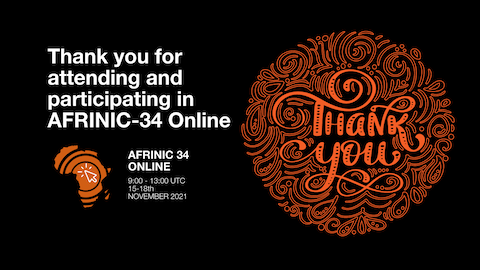
-2.png)
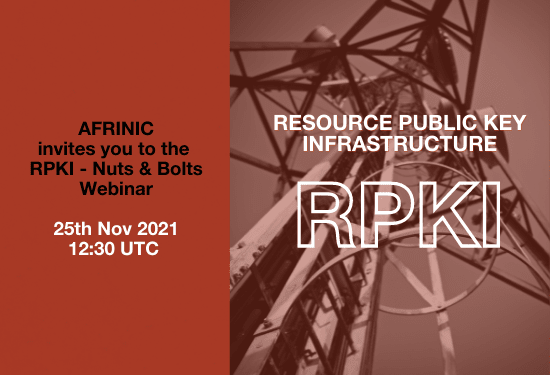 Our second webinar on securing Internet routing for 2021 is on the topic of Resource Public Key Infrastructure(RPKI).
Our second webinar on securing Internet routing for 2021 is on the topic of Resource Public Key Infrastructure(RPKI).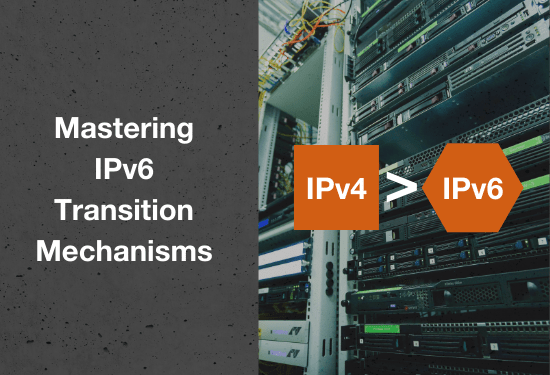
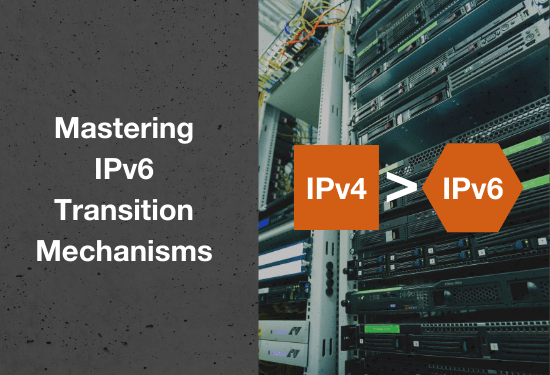 AFRINIC is delighted to announce the launch of the 'Mastering IPv6 Transition Techniques' e-course.
AFRINIC is delighted to announce the launch of the 'Mastering IPv6 Transition Techniques' e-course.
